To make this unique cake, people have to be meticulous right from the first step. Ant eggs only appear in large quantities during the Qingming season, pure white and fatty. To get them, people have to follow the hillsides, find ant nests on high tree branches, then skillfully scare the ants away, then sift and take the young eggs to make the cake.
Ant egg cake - a unique dish of the San Diu people.
Mrs. Duong Thi Sau in Dong Gieng village said: “The steps to make ant egg cake are not simple, but it has been a tradition for generations, so no one is afraid of difficulties. We make it every year. Since we were young, our parents fed us, and when we grew up, we learned how to make it ourselves and then passed it on to our children and grandchildren. Every family looks forward to this occasion to enjoy the cake made by their own hands.”
The ingredients for making ant egg cake are also very unique. Velvet sticky rice - the famous fragrant and sticky rice of Tam Dao land is finely ground to make the cake crust. Ngoa leaves, also known as fig leaves, have two types: young, small leaves used to wrap the inside; old, larger leaves used to wrap the outside. When wrapping, people spread a layer of sticky rice flour on the ngoa leaves, spread evenly the ant egg filling that has been stir-fried to bring out the aroma, fold it in half, shape it into a square and then wrap it with another layer of leaves. The cake is steamed for about twenty minutes until cooked, let it cool, then use scissors to cut it in half and arrange it on a plate. The special thing is that when eating, diners can enjoy the inner layer of ngoa leaves, thereby creating a rich, unique and unforgettable flavor.
The process of making ant egg cake is extremely elaborate and hard, creating a unique flavor, different from other types of cake.
Enjoying the hot cake just taken out of the pot, people can clearly feel the harmony between the sticky aroma of sticky rice, the fatty taste of ant eggs and the nutty taste of ngoa leaves. The longer it cools, the more delicious the cake is, it can be kept for two to three days without needing to be stored in the refrigerator. However, this is also a picky dish, because some people are allergic to insects, when eating it can easily cause itching. Therefore, those who enjoy it for the first time should eat a little to test the body's reaction.
Not only made for offerings and family use, many households also make cakes to sell to visitors from far away. Every year, Mrs. Sau's family has hundreds of cakes ordered by customers. Mrs. Sau happily shared: "We are very happy to have extra income and introduce our traditional dishes to tourists." Therefore, ant egg cake is not only a familiar dish on the Thanh Minh tray but also becomes a specialty that many people look forward to every year.
Ant egg cake has become a famous dish that many tourists order as gifts, creating additional income for local people.
According to local leaders, the San Diu people have the custom of visiting graves on Qingming Festival. After burning incense in the fields, families return home and prepare a meal to worship their ancestors, including ant egg cakes. This simple cake is a link between generations, unites the community and is a symbol of filial piety.
The local government also always encourages people to preserve this traditional dish as part of their cultural identity, contributing to enriching the Vietnamese culinary treasure. From the mountains and forests of Tam Dao, ant egg cake not only nurtures the memories of generations of San Diu people but also becomes a bridge to bring the national cultural identity to friends near and far.
Le Minh
Source: https://baophutho.vn/banh-trung-kien-huong-vi-nui-rung-doc-dao-cua-nguoi-san-diu-239299.htm


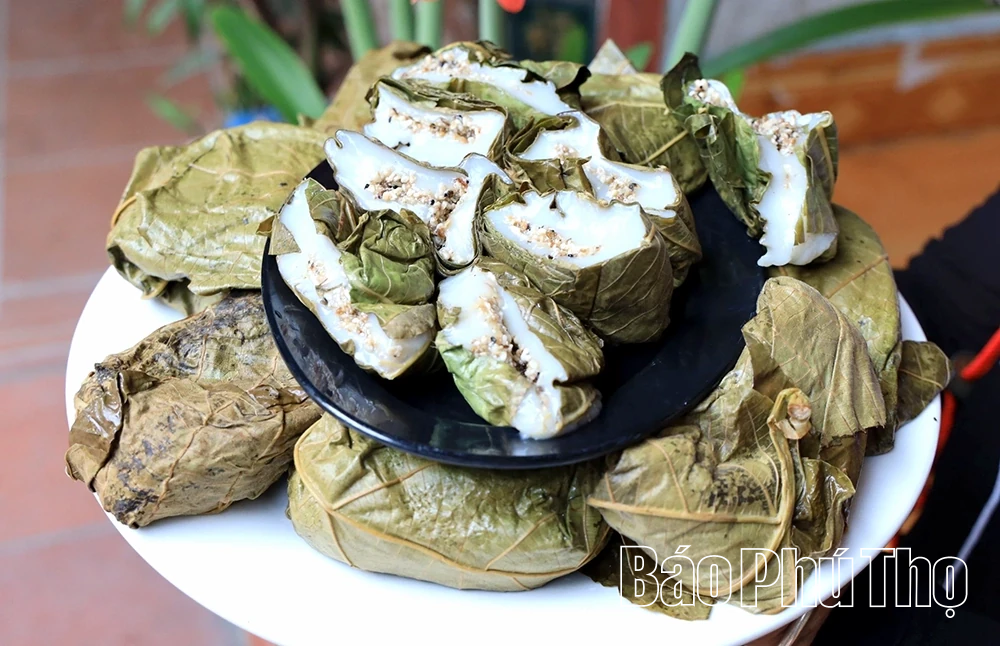


![[Photo] President Luong Cuong receives President of the Cuban National Assembly Esteban Lazo Hernandez](https://vphoto.vietnam.vn/thumb/1200x675/vietnam/resource/IMAGE/2025/9/30/4d38932911c24f6ea1936252bd5427fa)
![[Photo] The 1st Congress of Phu Tho Provincial Party Committee, term 2025-2030](https://vphoto.vietnam.vn/thumb/1200x675/vietnam/resource/IMAGE/2025/9/30/1507da06216649bba8a1ce6251816820)



![[Photo] Panorama of the cable-stayed bridge, the final bottleneck of the Ben Luc-Long Thanh expressway](https://vphoto.vietnam.vn/thumb/1200x675/vietnam/resource/IMAGE/2025/9/30/391fdf21025541d6b2f092e49a17243f)

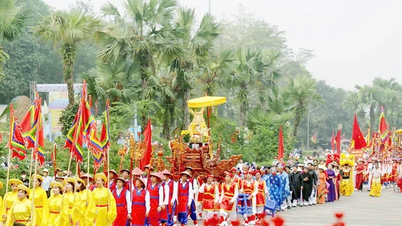






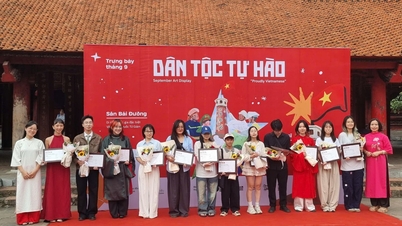

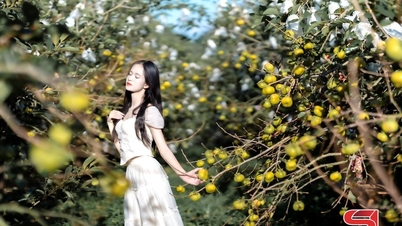





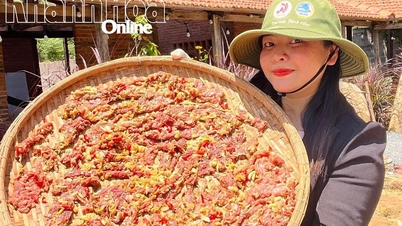

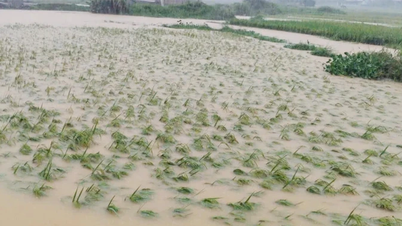





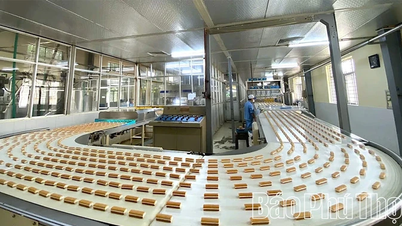



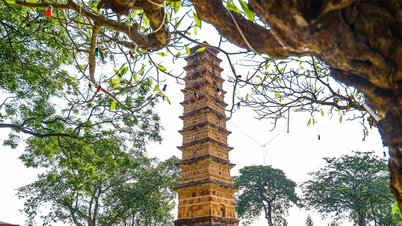

![[Photo] Solemn opening of the 12th Military Party Congress for the 2025-2030 term](https://vphoto.vietnam.vn/thumb/1200x675/vietnam/resource/IMAGE/2025/9/30/2cd383b3130d41a1a4b5ace0d5eb989d)


































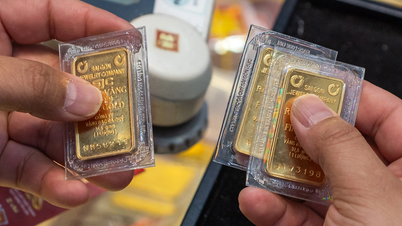












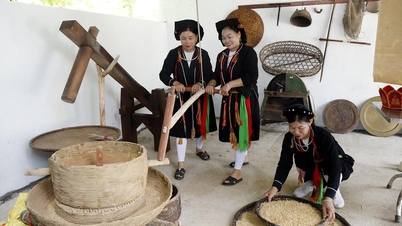

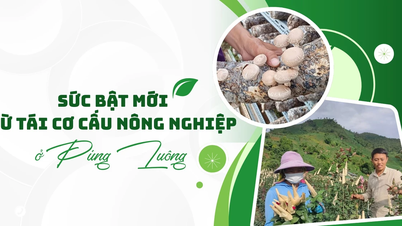













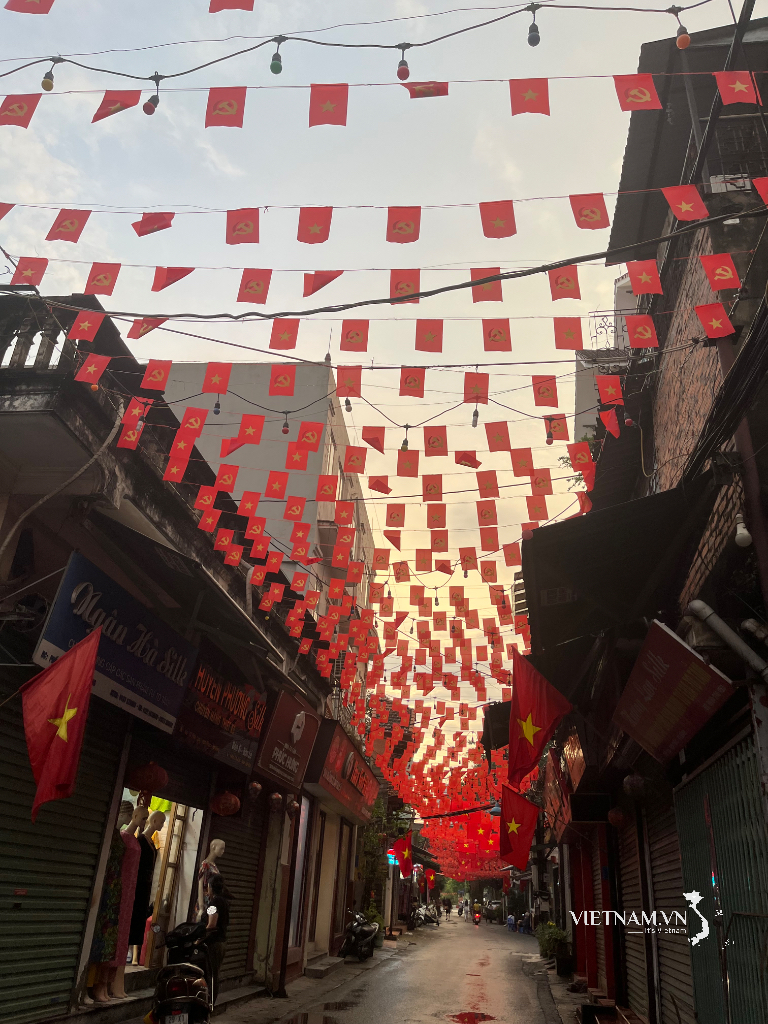



Comment (0)